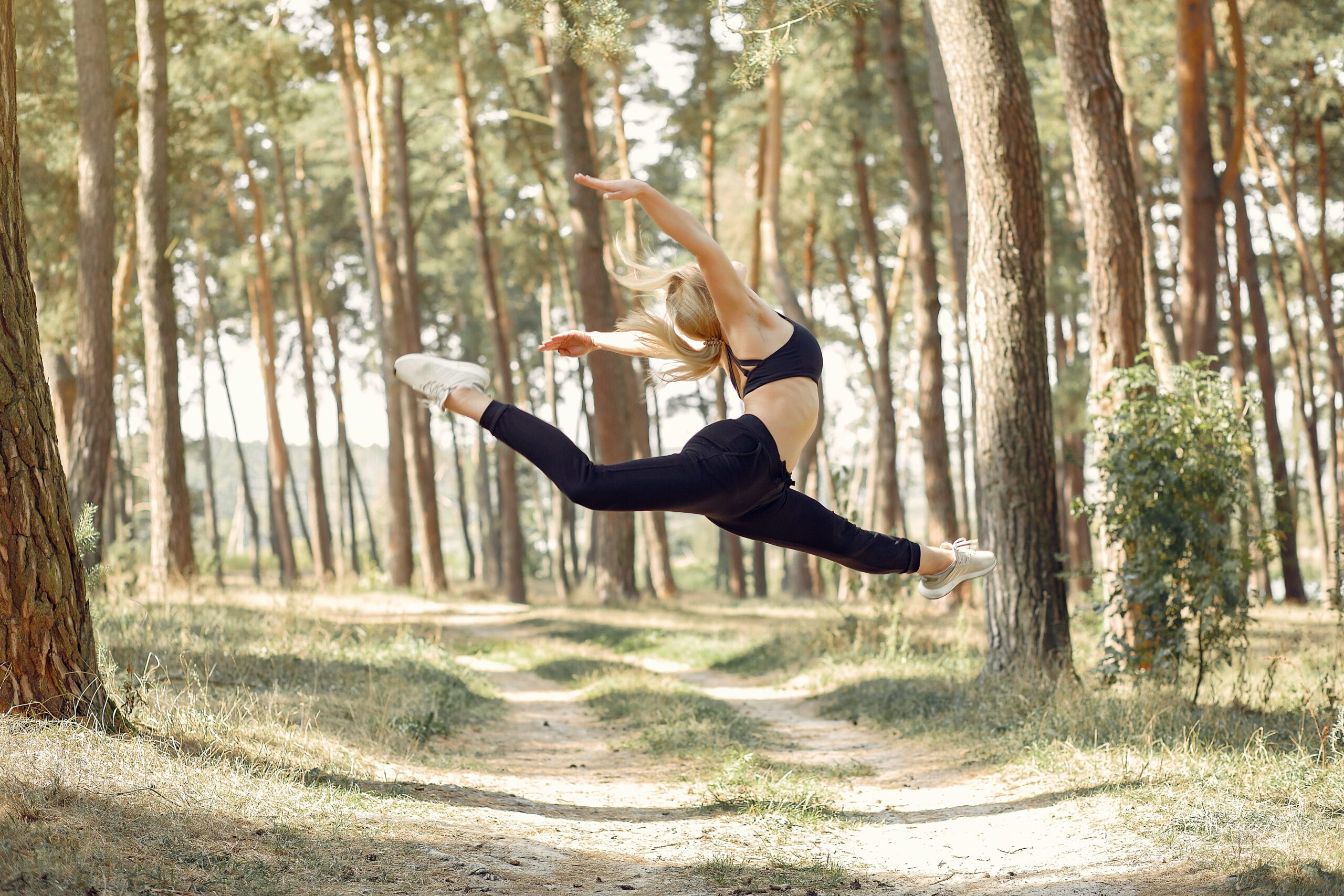Yoga is an all encompassing practice that began in old India and has acquired far reaching prominence around the world.
It envelops actual stances (asanas), breathing strategies (pranayama), contemplation, and moral rules, all pointed toward encouraging a joining between psyche, body, and soul.
“Yoga” itself implies association or association, featuring its accentuation on accomplishing congruity and equilibrium inside oneself.
One of the crucial parts of yoga is the act of asanas, which are explicit actual postures intended to further develop adaptability, strength, and equilibrium.
These stances are frequently joined with controlled breathing procedures, known as pranayama, which assist experts with developing their consciousness of the breath and improve the brain body association.
Past the actual advantages, yoga likewise offers an abundance of mental and close to home benefits.
Essential Yoga Asanas for Daily Practice
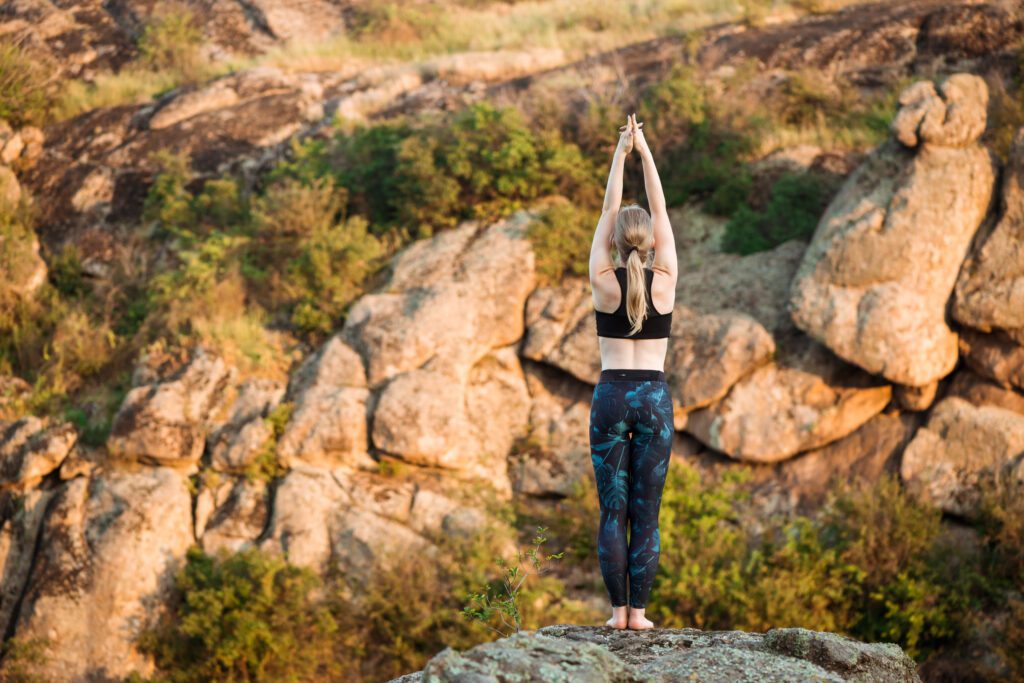
Incorporating yoga into your daily routine can have transformative effects on both your physical and mental well-being.
Yoga asanas (postures) not only enhance flexibility, strength, and balance but also promote relaxation and mental clarity.
Here are 10 essential yoga asanas that you should consider practicing every day to reap these benefits.
Tadasana (Mountain Pose)
Tadasana is the foundation for all standing poses and a great starting point for your yoga practice.
It improves posture, balance, and promotes a calm, focused mind. To perform Tadasana:
- Stand with your feet together, weight evenly distributed.
- Engage your thigh muscles, lift your kneecaps, and lengthen your spine.
- Lift your arms overhead, palms facing each other, and reach toward the sky.
- Hold the pose for a few breaths, focusing on your alignment and breathing deeply.
Vrikshasana (Tree Pose)
Vrikshasana helps enhance balance and stability in the legs while building focus and concentration.
To practice Vrikshasana:
- Stand tall in Tadasana.
- Shift your weight onto your left foot, and place your right foot on your inner left thigh, above or below the knee.
- Bring your palms together in front of your chest or overhead.
- Hold for 5-10 breaths, then switch sides.
Adho Mukha Svanasana (Downward-Facing Dog)
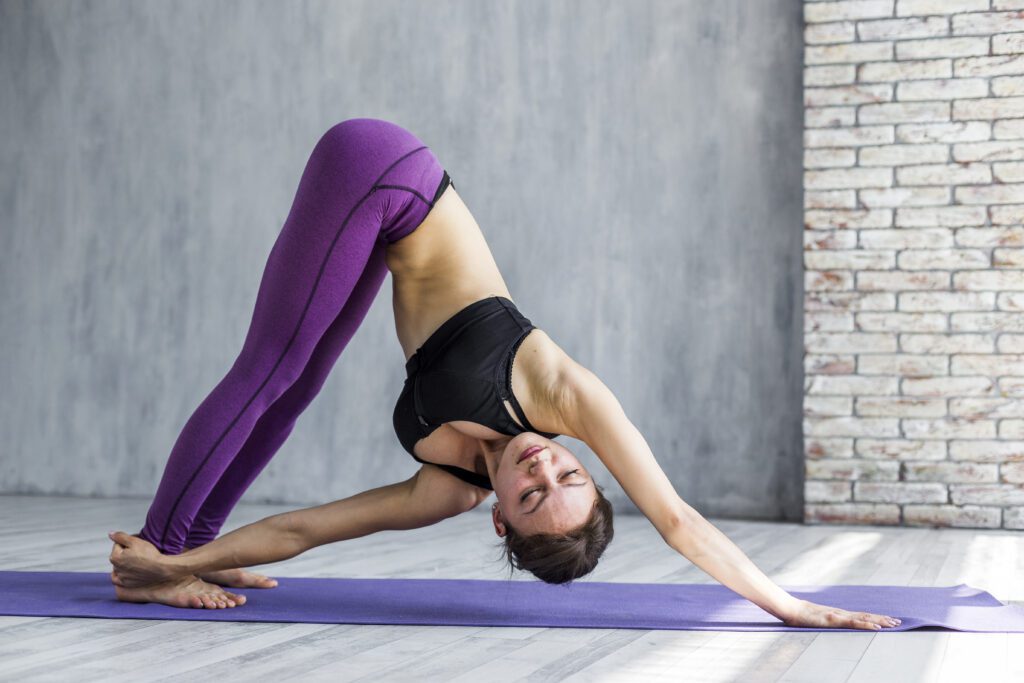
Downward-Facing Dog stretches the entire body, strengthens the arms, legs, and back, and relieves stress.
To perform Adho Mukha Svanasana:
- Start on your hands and knees, with wrists under shoulders and knees under hips.
- Spread your fingers and press into your hands as you lift your hips up and back, forming an inverted V shape.
- Keep your knees slightly bent if needed and heels reaching toward the floor.
- Hold for 5-10 breaths, focusing on elongating your spine and engaging your muscles.
Bhujangasana (Cobra Pose)
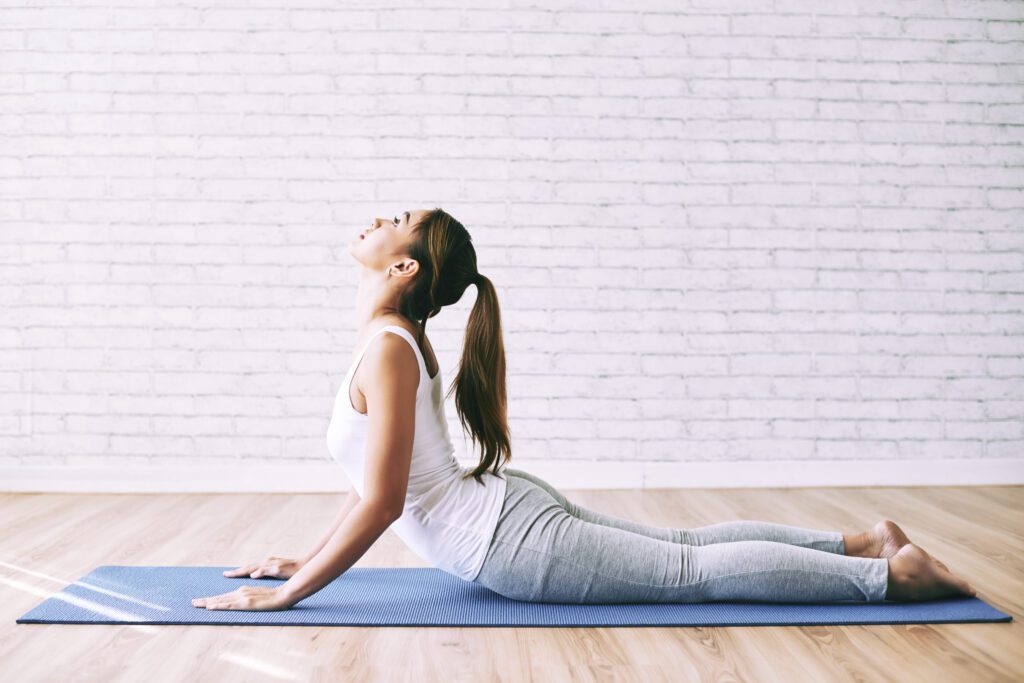
Cobra Pose strengthens the spine, opens the chest, and stretches the abdomen and shoulders.
To do Bhujangasana:
- Lie face down with your legs extended and tops of the feet on the floor.
- Place your hands under your shoulders, elbows close to your body.
- Inhale and lift your chest off the floor, using your back muscles while keeping your pelvis grounded.
- Hold for a few breaths, then release.
Setu Bandhasana (Bridge Pose)
Bridge Pose opens the chest and strengthens the back, glutes, and legs. It also improves digestion and reduces anxiety.
To perform Setu Bandhasana:
- Lie on your back with knees bent and feet hip-width apart.
- Press into your feet and lift your hips toward the ceiling, clasping your hands underneath your back if possible.
- Hold for 5-10 breaths, then slowly lower down.
Balasana (Child’s Pose)

Child’s Pose provides a gentle stretch for the back and hips, promoting relaxation and reducing stress and fatigue.
To practice Balasana:
- Kneel on the floor with big toes touching and knees apart.
- Sit back on your heels and extend your arms forward, lowering your forehead to the ground.
- Hold for several breaths, allowing your body to relax completely.
Paschimottanasana (Seated Forward Bend)
Seated Forward Bend stretches the spine, shoulders, and hamstrings, while calming the mind.
To perform Paschimottanasana:
- Sit with your legs extended straight in front of you.
- Inhale and lengthen your spine, then exhale and hinge at your hips, reaching for your feet or shins.
- Hold for several breaths, keeping your back as straight as possible.
Virabhadrasana I, II, and III (Warrior Poses)
The Warrior Poses strengthen the legs, core, and back, while improving balance and stamina. To practice these poses:
- For Virabhadrasana I: Step your right foot forward into a lunge, with your back foot turned slightly inward. Raise your arms overhead and bend your front knee.
- For Virabhadrasana II: From Warrior I, open your hips and shoulders to the side, extending your arms parallel to the ground.
- For Virabhadrasana III: From Warrior I, shift your weight onto your front foot and lift your back leg, reaching your arms forward or in line with your body.
Trikonasana (Triangle Pose)
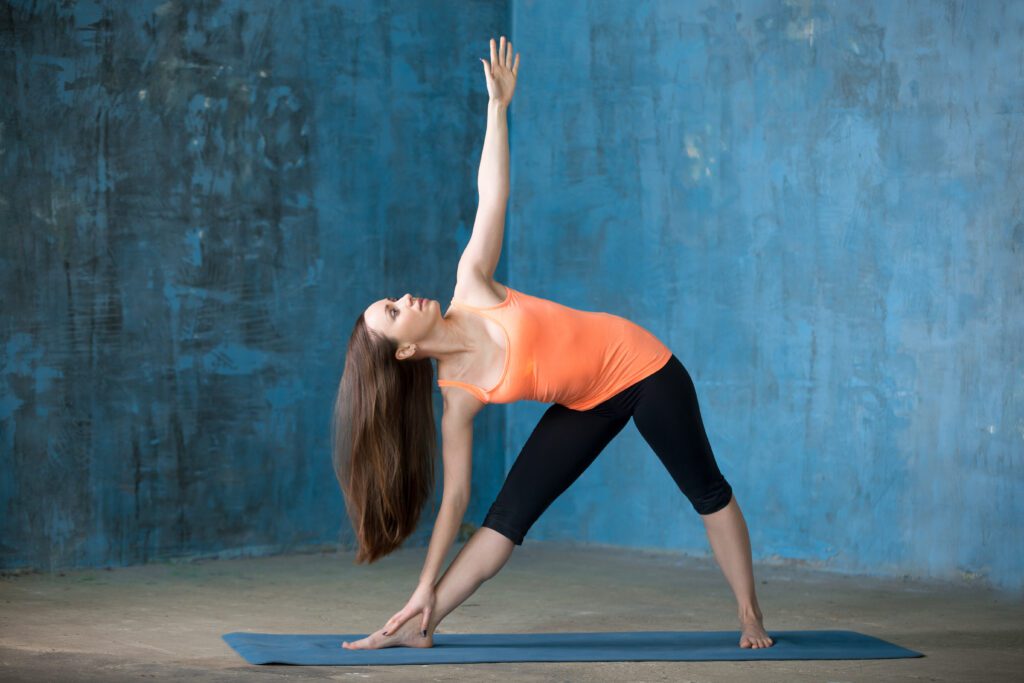
Triangle Pose stretches the legs, hips, and spine, and improves balance and stability. To perform Trikonasana:
- Stand with your feet wide apart. Turn your right foot out and your left foot slightly in.
- Extend your arms parallel to the ground and reach forward, then lower your right hand to your shin or the floor, extending your left arm toward the sky.
- Hold for a few breaths, then switch sides.
Savasana (Corpse Pose)
Savasana allows the body and mind to rest and integrate the benefits of the practice, reducing stress and promoting relaxation.
To practice Savasana:
- Lie flat on your back with your legs extended and arms at your sides, palms facing up.
- Close your eyes and breathe naturally, allowing your body to relax completely.
- Stay in Savasana for at least 5-10 minutes.
Incorporating these poses into your daily routine can help improve flexibility, strength, balance, and mental clarity.
Practice with mindful breathing and maintain proper alignment to avoid injury.
Conclusion
Coordinating these fundamental yoga asanas into your everyday schedule can significantly affect your physical and mental prosperity.
From the grounding Tadasana to the restorative Savasana, each pose offers unique benefits that contribute to overall health and balance.
Regular practice helps improve flexibility, strength, and posture while fostering mental clarity and relaxation.
Remember, consistency is key in yoga. Start with a few poses and gradually build up your practice, listening to your body and respecting its limits.
Whether you are a beginner or an experienced practitioner, these asanas provide a solid foundation for a holistic and rejuvenating yoga practice.
Embrace this day to day obligation to yourself, and partake in the excursion of change and prosperity that yoga brings.
Reference Blog:https://en.wikipedia.org/wiki/List_of_asanas
Read More:https://yogayurvedaa.com/types-and-health-benefits/
